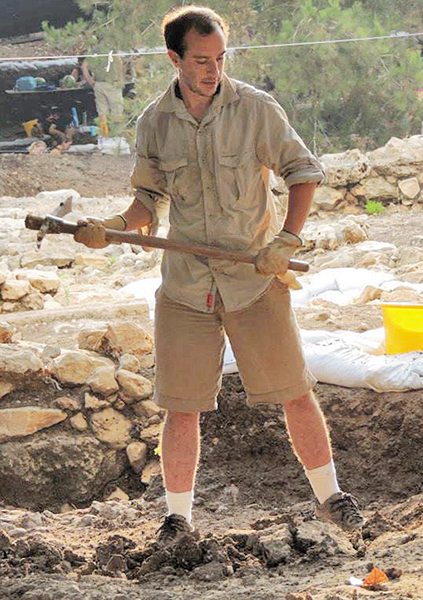
BAR readers are familiar with a common archaeological fairy tale: The first discovery of an ancient artifact opens a majestic bridge to the past. This lovely trope ends with the archaeologist and artifact living happily ever after.
But it doesn’t happen that way. When new volunteers excavate pottery on the first day of a dig, they are usually disappointed by the reactions of the dig’s veterans. Often the find gets tossed. The project’s old hands confirm the pottery’s antiquity, only to frustrate the new volunteer by shrugging off the relative insignificance of an out-of-context or nondiagnostic find. The old-timers know the real excitement is still to come.

This summer I worked in Israel for the first time as a volunteer at the Canaanite site of Tel Kabri on the Mediterranean coast of northern Israel, where we were excavating a Middle Bronze Age (c. 1800–1550 B.C.E.) palatial complex.a Luckily for our team of volunteers, Eric Cline and Assaf Yasur-Landau (the excavation’s codirectors) weren’t jaded or callous when they suggested that continuing the excavation was a higher priority than swooning over sherds in topsoil.
Already a library member? Log in here.
Institution user? Log in with your IP address.

